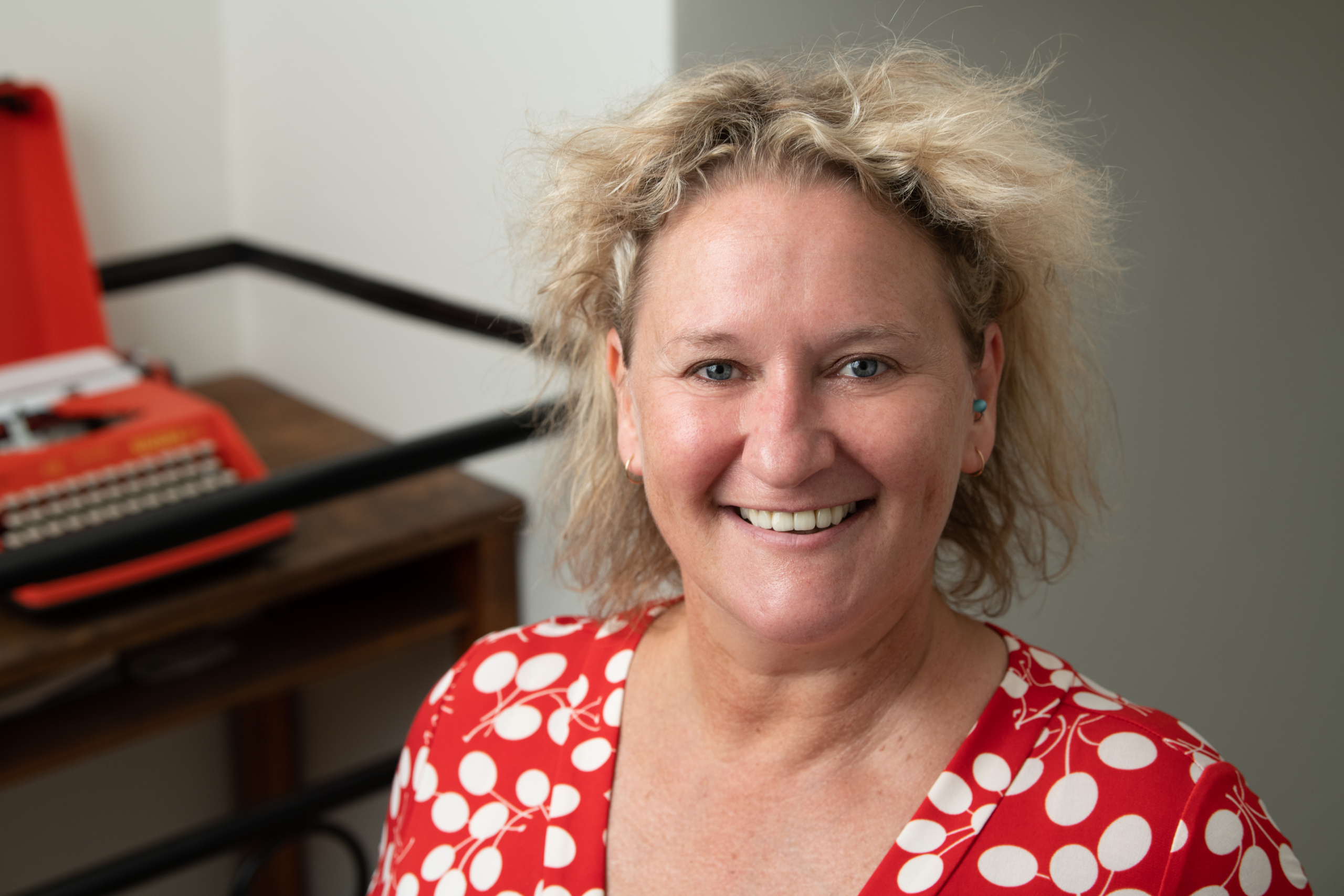
Governments are accused of using private investors as scapegoats for underinvestment in social housing while collecting tens of billions of dollars in property taxes annually, according to the Property Investment Professionals of Australia (PIPA).
Currently, approximately 175,000 households are on waiting lists for public or community housing across Australia, an increase of 20,000 since 2014, PIPA’s data analysis shows.
More than a third of people seeking urgent assistance from governments are turned away, up from 29 per cent in 2016.
Despite this, Australia’s total social housing stock of 430,000 dwellings has barely changed in the past 25 years. “What has shifted is the number of people needing housing, with the country’s population surging by 33 per cent in the past two decades,” said PIPA Chair Nicola McDougall.
Data from the Australian Institute of Health and Welfare shows that the proportion of social housing dwellings compared to total housing stock has steadily declined over the past decade, dropping to 4.1 per cent in 2022.
State and local governments collectively collected about $68 billion in property taxes, including stamp duty and land tax but excluding Capital Gains Tax, according to the ATO Taxation Revenue for the 2022/2023 financial year, marking a 73 per cent increase over the past decade.
In the same year, governments invested just 1.4 per cent of total revenue into housing and community amenities, according to the ATO.
The AIHW data reveals that the proportions of social housing compared to total housing stock fell to less than five per cent in the four biggest states – 4.7 per cent in New South Wales, 2.9 per cent in Victoria, 3.5 per cent in Queensland, and 3.9 per cent in Western Australia, with each state recording declines over the previous decade.
In Victoria, where private investors have been targeted by a high-taxing state government, the multibillion-dollar Big Housing Build program has underperformed. In the four years to mid-2022, the Victorian Government increased its social housing stock by just 74 dwellings. During the same period, the waiting list of Victorians needing housing surged to 57,672 households, McDougall said.
While discussing solutions to the housing crisis, some major state governments have been quietly selling off social housing stock for profit. In the decade to 2021, the New South Wales Government earned $3 billion by selling parts of its stock, failing to meet reinvestment targets.
In Queensland, more than 47,000 households are on waitlists for social housing, but advocacy groups estimate closer to 100,000 families are in need.
“If you want to know why Australia is in such a mess and why so many can’t afford a home, you only need to look at how much the population has grown and the sharp rise in people in need of support compared to investment in social housing,” McDougall said.
As the housing crisis shows no signs of easing, McDougall criticised politicians for penalising property investors who provide over 80 per cent of rental homes. “Instead of offering meaningful solutions, increasing desperately needed supply, and supporting those most in need, governments are passing the buck,” she said.
Research from the UNSW City Futures Research Centre indicates that 640,000 families across Australia have ‘unmet housing needs’ or are forced to live in unsuitable housing due to cost pressures. The study warns that this figure could reach 940,000 households by 2041.